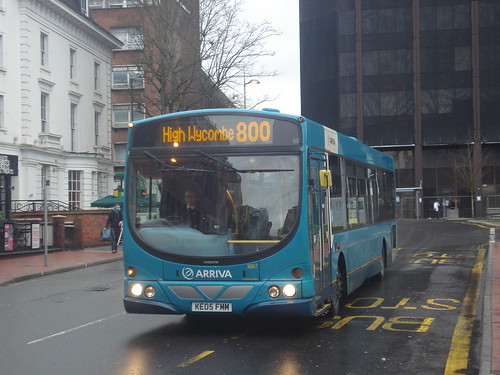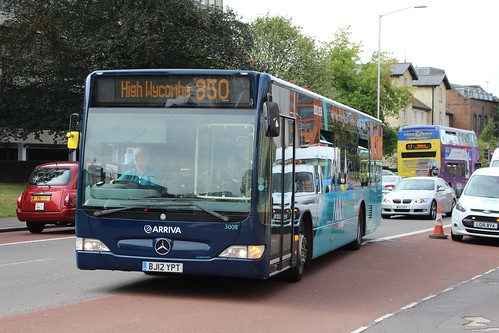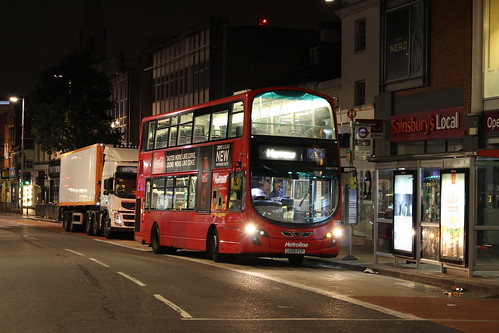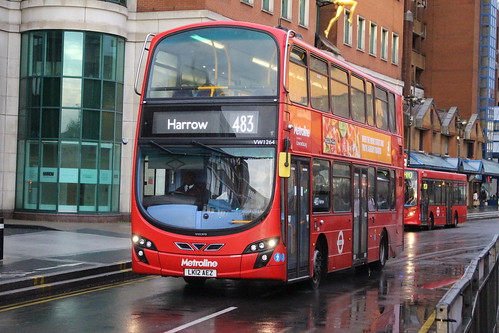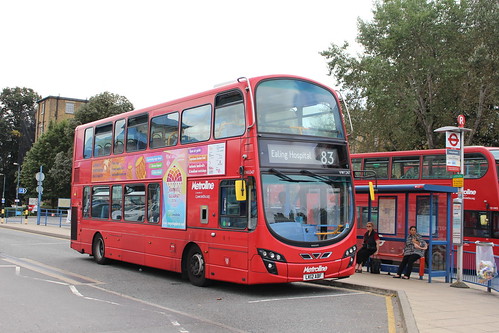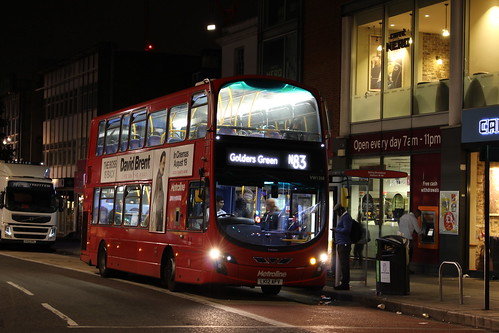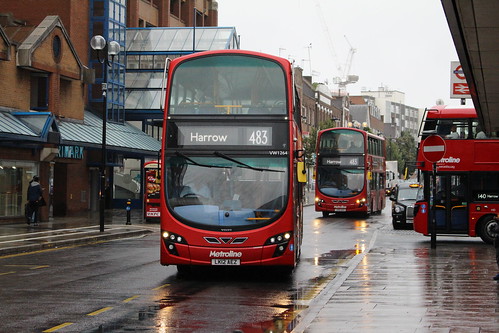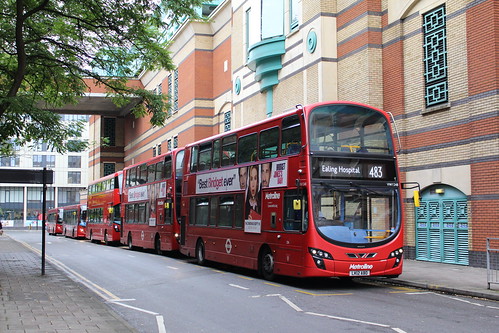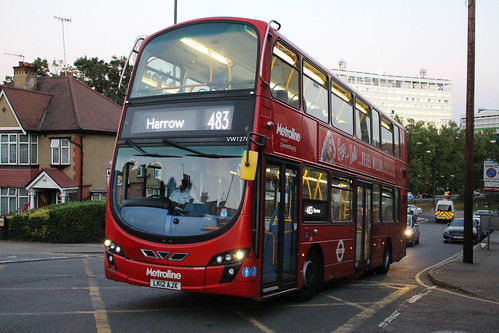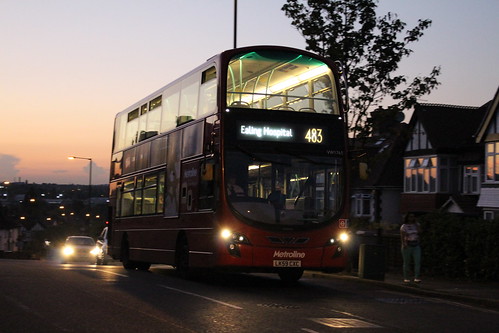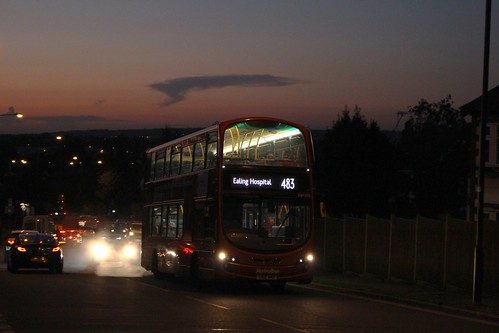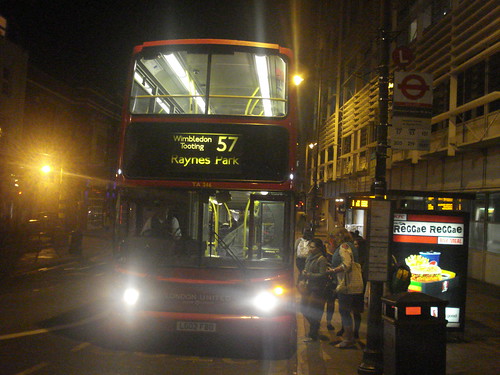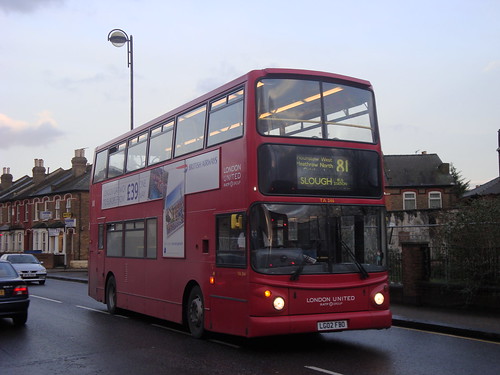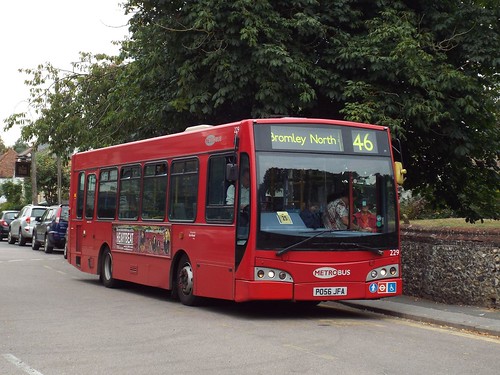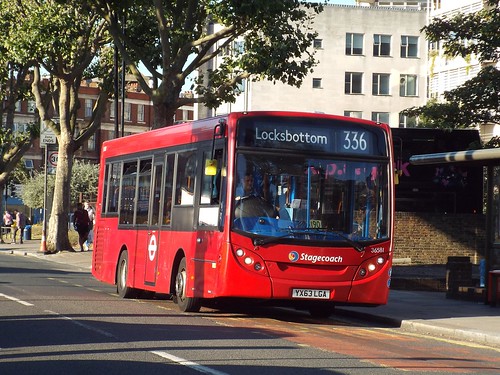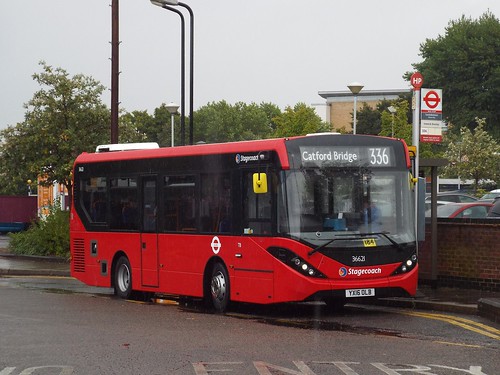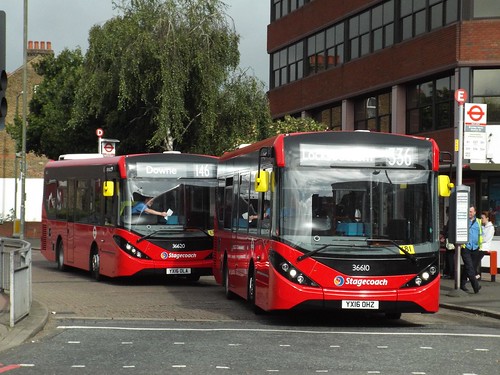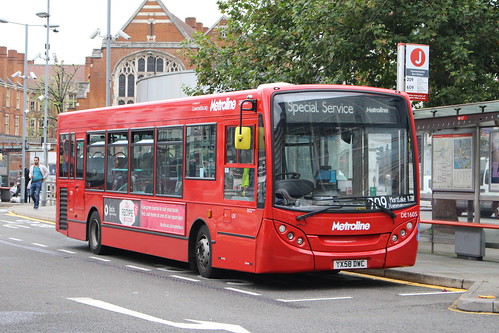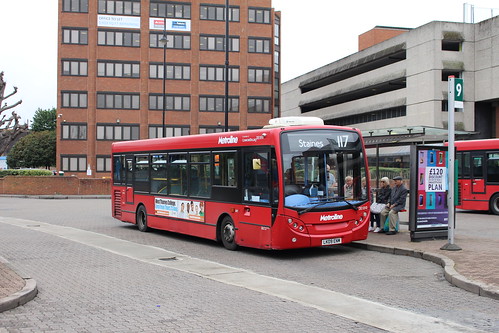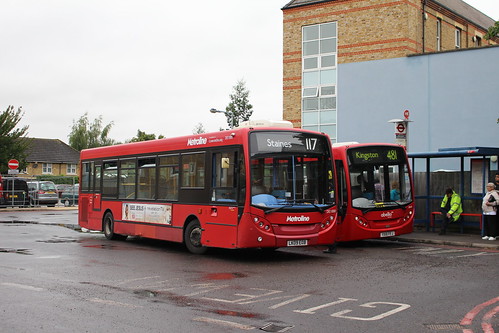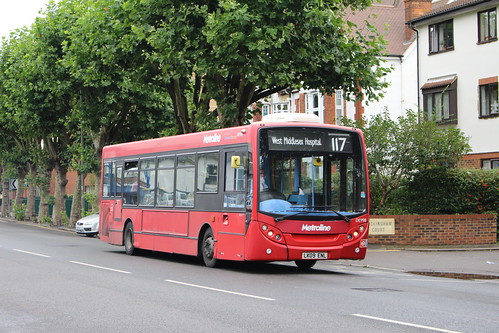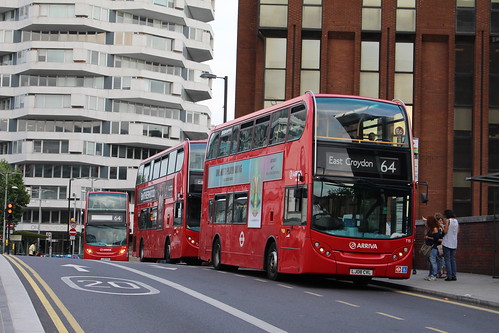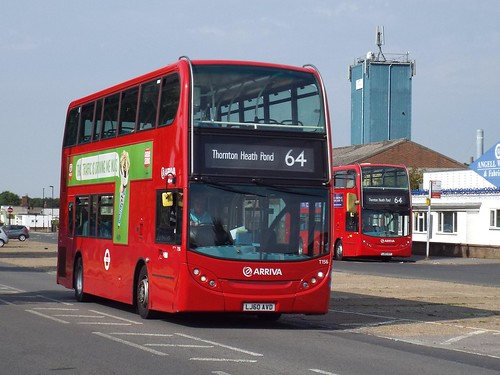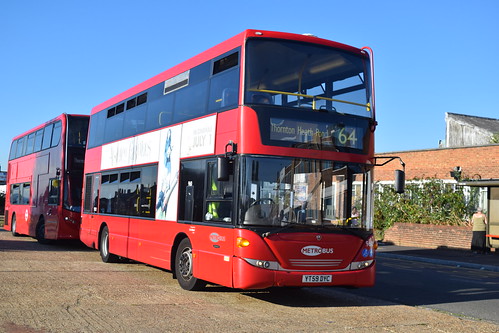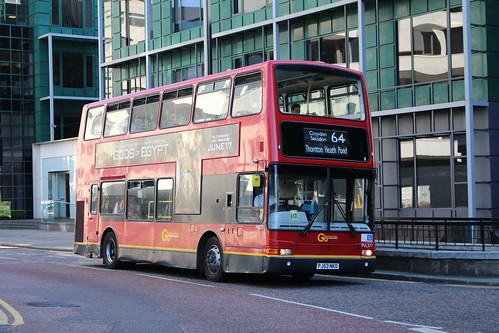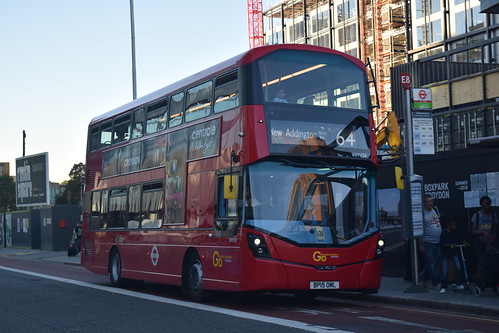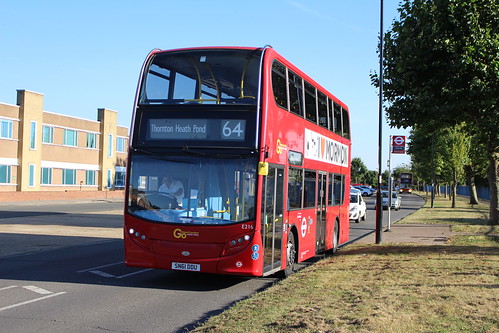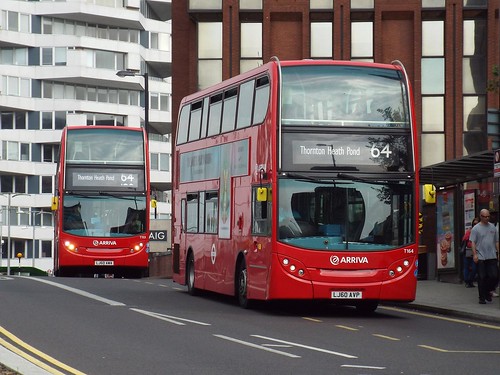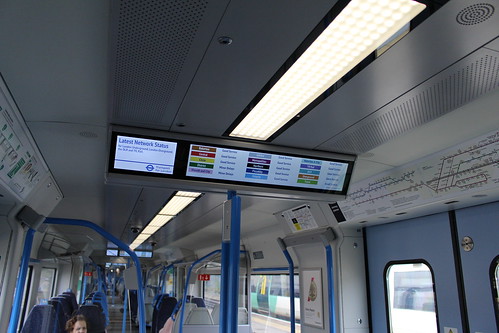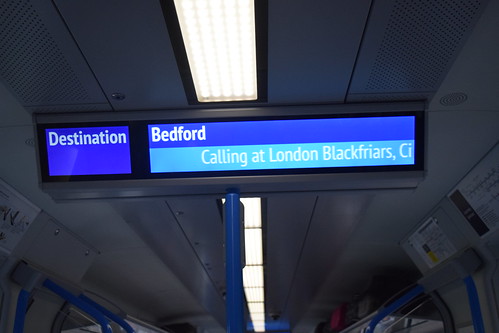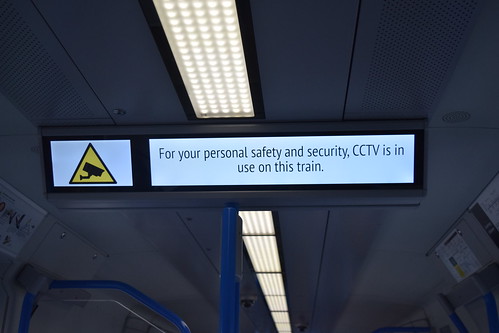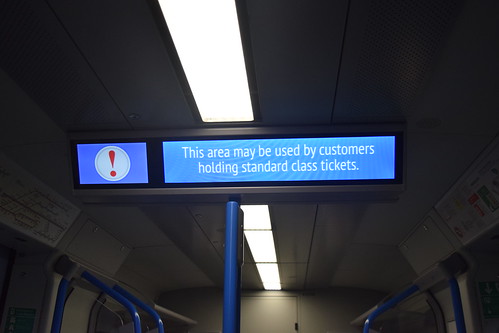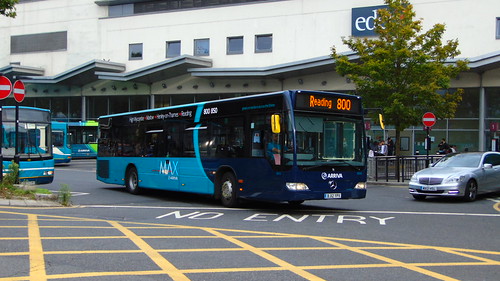
The current allocation for the 800/850. 3010/BJ12YPV waits for the green light at High Wycombe bus station on route 800 to Reading via Shiplake. (© Omar)
The Reading - Wycombe corridor of routes is now defined primarily by routes 800 and 850, which are currently run by Arriva. However, routes 800 and 850 started out in life as 4 routes, 2 regular and 2 school services:
328: Reading - Sonning - Twyford - Henley-on-Thames - Marlow - High Wycombe
329: Reading - Caversham - Shiplake - Henley-on-Thames - Marlow - High Wycombe
School route 330: Reading - Caversham - Shiplake - Henley-on-Thames - Marlow - High Wycombe
School route 331: High Wycombe - Marlow - Henley-on-Thames - Wargrave - Twyford - Sonning - Reading
These routes were primarily run by Reading Buses with Optare Excels, whereas the 329 was run by the Wycombe Bus Company with the N-NRG batch of Plaxton Verde-bodied Volvo B10Bs.
However, on the 14th of December 2000, the Wycombe Bus Company was taken over from the Go-Ahead group, by none other than Arriva. The Verdes were then repainted in the space of around a year after the takeover into Arriva's corporate livery. Around the same time, in November 2001, Reading Buses opted to hand their operations to Arriva, to help ease a severe driver shortage, and at that point the school variants were dropped. The renumbering into what we know them as today didn't occur until the 2nd of September 2007, where the 328 became the 850 and the 329 became the 800. This was primarily due to the work by Buckinghamshire County Council to simplify their core network of routes.
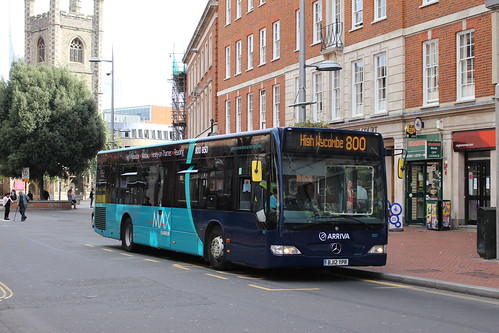
Arriva Midlands & Shires 3007 on Route 800, Reading Friar Street (© Aubrey)

One of the transfers from Tamworth: 3009/BJ12YPU in Henley-on-Thames serving the 850 to High Wycombe. (© Omar)
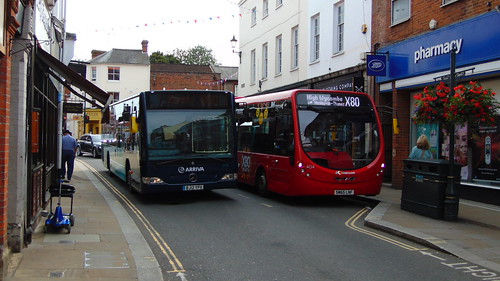
Take your pick! Arriva's 3012/BJ12YPX works the 800 to Reading while Carousel's 404/SM65LNF boards passengers for an X80 to High Wycombe in Henley-on-Thames. (© Omar)

Arriva Midlands & Shires 3007 on Route 800, Reading Friar Street (© Aubrey)
They ran with step entry buses galore such as the same Verdes that started it all, Wright Handybuses, step-entry Darts and many more. This trend, however, was broken in August of 2009, when the W-XKX batch of ALX300-bodied Volvo B10BLEs was transferred from Stevenage, which allowed them to stray onto the route. They were then branded into the rather simplistic "Thames Valley Line" branding, and with the V-HBH batch of Renowns, replaced step-entry buses on the routes.
In around 2014, the KE05-plated Eclipses off the 31(High Wycombe - Penn) have been de-branded and replaced the older buses on the routes, with some 07-reg Eclipses transferring from Stevenage to cover the rest of the PVR. This deregulated the ALX300s to town work and sent the Renowns away to Aylesbury.
On the 1st of August 2016, however, Carousel made their move into the corridor by introducing the X80.
Now, Arriva had to respond to the rather sudden "intrusion", if you will, by Carousel Buses. And what better way to do that than to utilise the recent merger between Arriva Midlands and Shires, and get some 12-reg Citaros off Tamworth depot to convert the routes to MAX operation? And that's what they did!

One of the transfers from Tamworth: 3009/BJ12YPU in Henley-on-Thames serving the 850 to High Wycombe. (© Omar)
The transfers are as follows:
3007 - BJ12YPR
3008 - BJ12YPT
3009- BJ12YPU
3010 - BJ12YPV
3011 - BJ12YPW
3012 - BJ12YPX
3014 - BJ12YPZ
3016 - BJ12DHY
Upon riding one of the Citaros, I have noticed a rather significant upgrade in comfort over the badly-padded Eclipses. The Citaros provide something the B7RLEs couldn't and that's a smooth and comfortable journey worthy of being a MAX route. My one did sound rather odd in idle with odd scraping noises, but I think we can all blame Wycombe's maintenance for that. I believe that Arriva's move was rather excellent at responding to Carousel's entrance to the corridor(though I'd rather travel on Carousel). Overall, I think that MAX'ing the Thames Valley Line has provided a significant improvement to not just the buses on the route, but to the overall comfort and quality of a long-distance bus journey through Buckinghamshire and Oxfordshire.

Take your pick! Arriva's 3012/BJ12YPX works the 800 to Reading while Carousel's 404/SM65LNF boards passengers for an X80 to High Wycombe in Henley-on-Thames. (© Omar)
And now, to actually introduce myself!
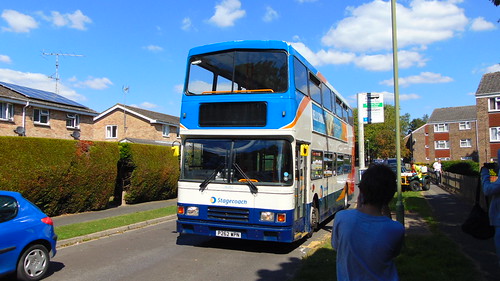
"I'm always out of the big city for the country life. And also for Olympians!" (© Omar)

"I'm always out of the big city for the country life. And also for Olympians!" (© Omar)
I may as well start off by introducing who on earth I am, so let's get right down to it! I'm Omar(call me that, please, it'll only make your life and mine a whole lot easier) and I'm quite obviously a transport enthusiast from North West London... that's rarely in London because I prefer non-London stuff! I'm here, there and everywhere getting photos for my Flickr (lilnetworker) and my Youtube channel (LilNetworker Productions) but now, I'm also a blogger with many thanks to Au for putting me on the team!
My future coverage should hopefully cover a wide range of areas both in and out of London, and I'm very excited to contribute to the blog even more!


